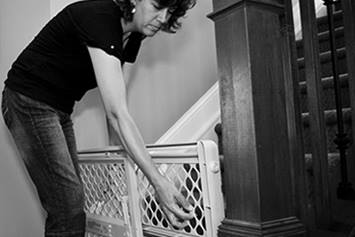
Baby Gates
About 5 children under the age of 7 are treated in United States hospital emergency departments every day because of baby gate-related injuries.
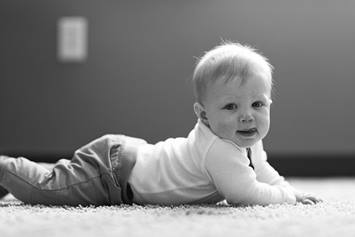
Baby Walkers
Many parents believe baby walkers offer their children entertainment, promote walking, and provide a safe baby activity while parents are busy doing something else. However, none of these assumptions are true.
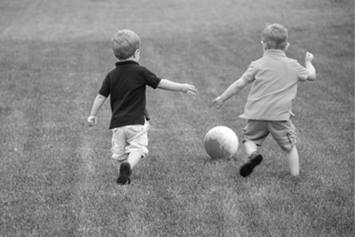
Backyard Safety
Playing outside is a great way for kids to exercise and have fun. However, backyards can be full of potential dangers. Parents should take steps to make sure their yards are safe for kids to enjoy.
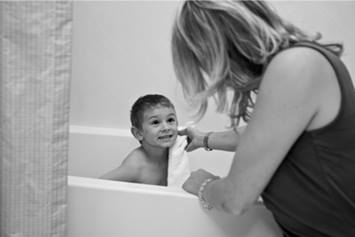
Bathtub and Shower Safety
Every year, more than 43,000 children receive emergency treatment for bathtub- and shower-related injuries. Many of these injuries can be prevented by following safety tips.
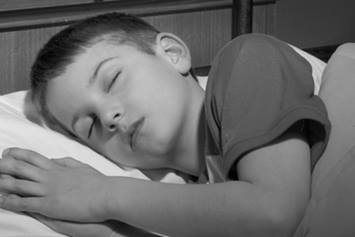
Bunk Bed Safety
However, an average of 36,000 bunk bed-related injuries occur every year to children in the United States. Injuries can happen when kids are playing around the bunk bed or when they are sleeping.

Computer-Related Injuries
The computer workstation or home office is not a place many parents think about making safe. However, using and moving computers can cause injuries.
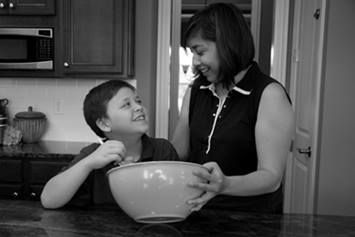
Cooking Safety
Cooking is a common cause of injury in the home and the leading cause of home fires. Stoves, ovens, toaster ovens and microwaves can all be sources of kitchen fires.

Cribs, Playpens and Bassinets
Parents and caregivers rely on cribs to protect children while they sleep. However, more than 9,500 injuries related to cribs, playpens and bassinets are seen in U.S. emergency departments each year.
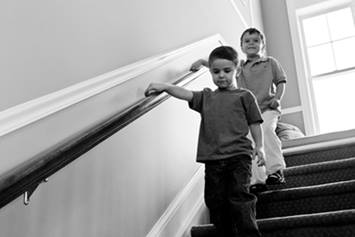
Fall Prevention
Falls are the most common cause of childhood injury in the home, leading to more than 1.3 million visits to the ER each year. Parents and caregivers should take steps to make their homes safer.
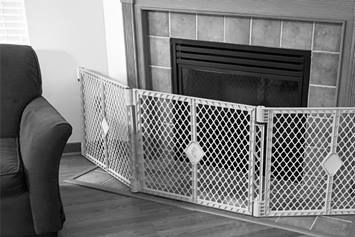
Fireplace Safety
Whether you’re roasting chestnuts or just enjoying the warm glow, fireplaces can help make a home warm and cozy. To a baby, toddler, or young child, flames in a fireplace are a new thing they want to explore.
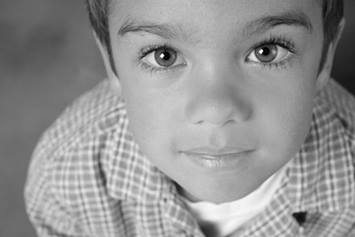
Falls
Falls can occur anywhere in the home, especially in areas with cluttered floors, low lighting or slippery surfaces. The most serious falls happen from great heights and onto hard surfaces.

Fire Escape Plans
Fires in the home can start in an instant and spread in seconds. Everyone in your family should know the fastest and safest way out of any room in your home.
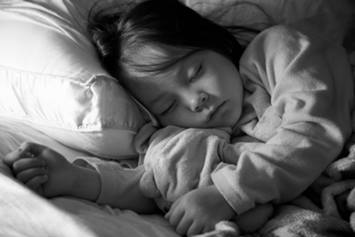
Fire Safety for Children
When a house fire starts, children can become very afraid and confused. With as little as two minutes to escape unharmed, there is not enough time to plan a safe escape route when the alarm sounds.
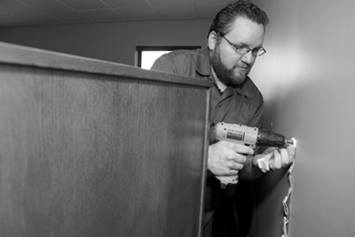
Furniture and TV Tip-overs
Most parents do not think of furniture and TVs as dangerous. When children play in the house, they often use dressers and shelves as climbing toys, leading to tip-overs.
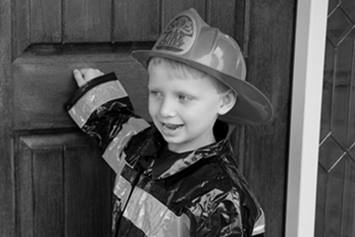
Halloween Safety
Halloween is a time for fun for all ages. However, parents, children and community members must remember safety on this day filled with fantasy. Check out the following tips.
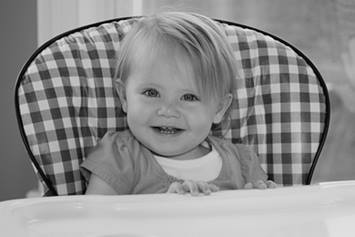
High Chair and Chair-Related Injuries
High chairs are a common sight in homes with young children. To keep kids safe at meal time, read the chair manufacturer’s instructions and follow these injury prevention tips.

Holiday Safety
Shopping for presents, decorating the house and visiting relatives make the holidays a fun and exciting time of year. Help keep your family healthy at the holidays by following a few safety tips.
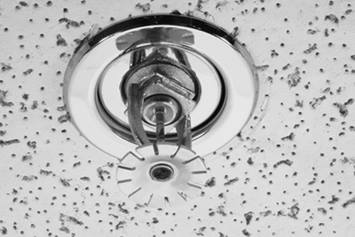
Home Fire Sprinklers
A house fire is reported every 60 seconds in the United States. Though many homeowners have smoke alarms, they are often not working, without batteries, or disabled.

Hot Tubs
Many people use hot tubs, whirlpools and spas for relaxation and fun. Hot tub owners and parents should take proper safety steps to protect children from hot tub-related injuries.
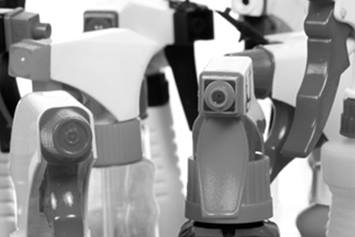
Household Cleaners
An estimated 267,269 children 5 years old or younger were treated in US emergency departments for household cleaning product-related injuries from 1990 to 2006.
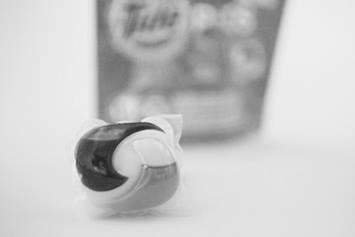
Laundry Detergent Packets
Laundry detergent packets are small packets of detergent that can be tossed straight into a washing machine. They are a quick way to use the right amount of detergent without measuring.
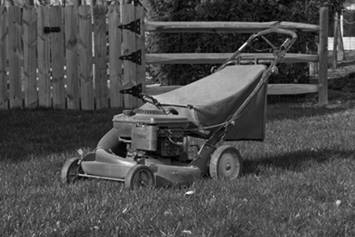
Lawn Mower Safety
Thousands of children suffer severe injuries from lawn mowers every year. However, most of the injuries from lawn mowers can be prevented by following a few simple steps.
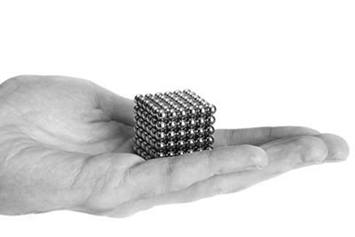
Magnets
High-powered magnets are small, shiny magnets made from powerful rare earth metals. High-powered magnets have caused thousands of injuries and are considered to be among the most dangerous ingestion hazards in children.

Nursery Safety
The most important job for parents is to keep their child safe from harm. Because newborns will spend most of their time sleeping, parents need to make sure the nursery is a safe place.

Pool Safety
Swimming is a great way to cool off during the hot summer. Parents and caregivers need to do their part to keep kids safe in the pool and prevent drowning.
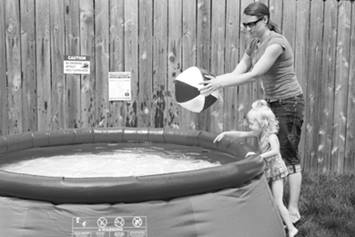
Portable Pool Safety
During the summer in the U.S., a child drowns every 5 days in a portable pool. By taking a few precautions, parents can help children remain safe as they cool off during the summer.
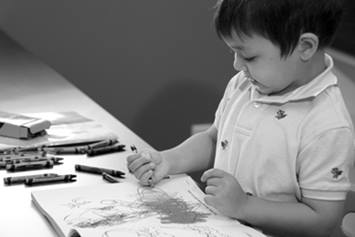
Recalled Toys
On average, more than two children’s products are recalled each week in the United States. Recalls on children’s products represent more than 40 percent of recalls in the U.S.
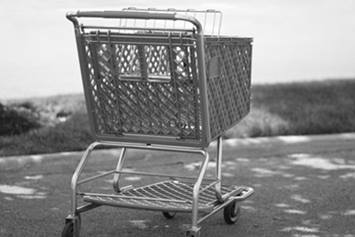
Shopping Cart Safety
Parents take their children with them on shopping trips every day. Knowing the risks and following shopping cart safety tips can help to prevent injuries while at the store.
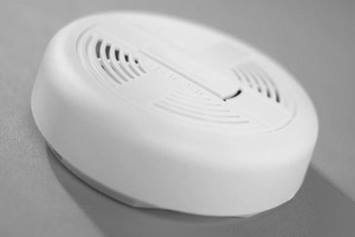
Smoke Alarms
Working smoke alarms are essential for preventing injuries and deaths caused by house fires. By giving you more time to escape, smoke alarms can cut your risk of dying in a house fire by nearly half.
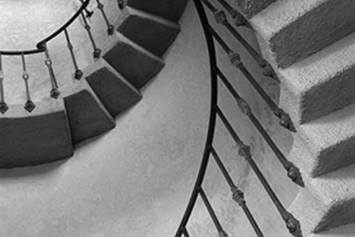
Stair Safety
While the number of stair-related injuries did show a declining trend, these types of injuries continue to be a common source of injury among young children.

Staying Home Alone
All parents will someday ask themselves if their child is ready to stay home alone. Before leaving your child home alone, make sure they are ready and set rules to keep them safe.
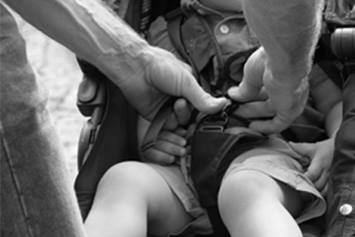
Strollers
Although strollers are typically used to safely transport children, on average, one child aged 5 years and younger is treated in U.S. hospitals every 45 minutes for a stroller- related injury.

Toy Safety
Some toys can lead to injuries. These injuries can be the result of a flaw in the product design but can also happen when the toy is used in a way that does not follow the manufacturers’ instructions.
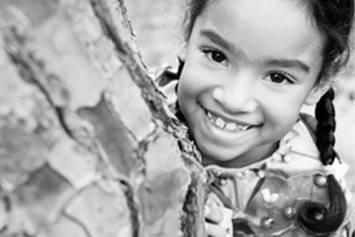
Tree House Safety
Building and playing in tree houses is a favorite activity for young children. Though a tree house can be a place of great fun and imagination, unfortunately it can also lead to serious injury.

Types of Smoke Alarms
Every year, more than 3,000 people die in home fires in the United States. Fire deaths are usually the result of breathing in toxic smoke, and most fatal fires occur at night.
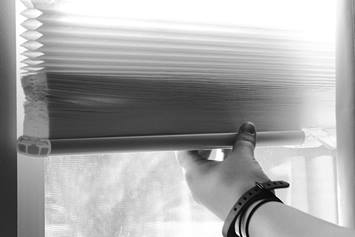
Window Blinds
Young children are quick, curious, and unable to recognize danger. Many parents underestimate these factors. There is a misperception that if we just watch our kids carefully, they will be safe. But even the best parent in the world cannot watch their child every second of every day.

Window Falls
Every year, over 5,100 children younger than 18 years of age are treated in U.S. hospital emergency departments for injuries related to falls from windows.
